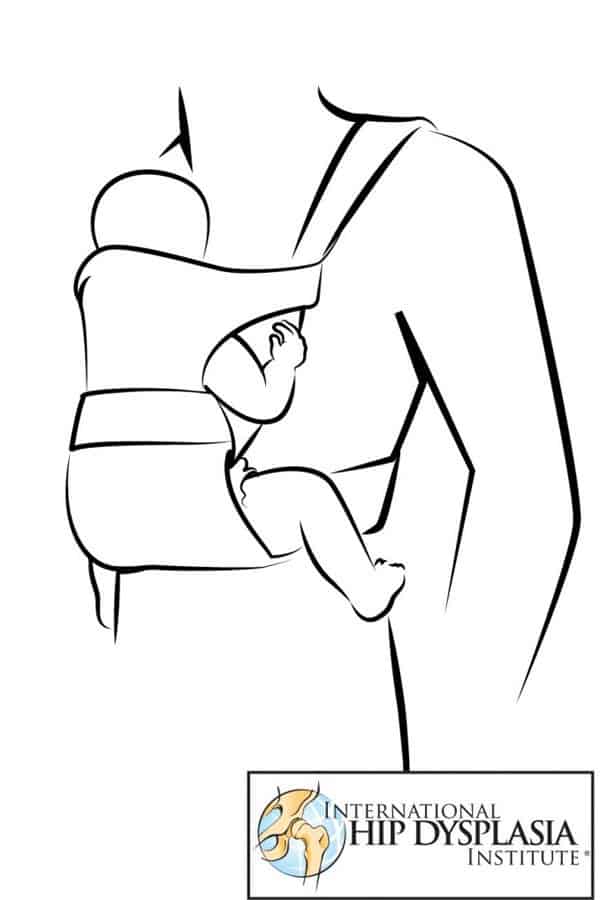Hip health in infants is an essential topic that often garners attention from parents, healthcare providers, and experts alike. Understanding hip dysplasia and how it can be influenced by the use of baby carriers is crucial for ensuring that babies develop properly in their early stages. It’s vital to delve into the different types of baby carriers that are approved by experts in hip dysplasia, as well as the recommendations and guidelines associated with their proper use.
Hip dysplasia is a condition affecting the hip joint, where the ball and socket of the joint do not fit together correctly. This can lead to a range of complications, from mild hip laxity to severe displacement of the femur. Recognizing and addressing this issue early on is vital to a child’s mobility and overall health. The role of baby carriers in this equation cannot be underestimated, as they are widely used by parents to facilitate transportation and bonding with their infants.
There are various types of baby carriers available on the market, each providing different benefits and drawbacks regarding hip support. Understanding these distinctions is paramount for parents seeking to choose a carrier that aligns with expert recommendations.
First and foremost, wrap carriers are highly favored for their versatility and ability to conform to the infant’s body, promoting the desired frog-leg position that is beneficial for hip development. These carriers are typically made from long strips of fabric that are wrapped around the caregiver’s body to hold the baby snugly. The natural flexibility of the fabric allows for an ergonomic fit, which can be adjusted based on the size of the wearer and the infant. Studies show that when adequately used, wrap carriers maintain optimal hip alignment, thus preserving hip health.
On the other hand, soft structured carriers (SSCs) are another popular choice among parents. These carriers feature padded shoulders and a structured seat to support the child while allowing for several carrying positions. Importantly, reputable brands design these carriers to promote the M position, which is essential for the healthy development of the hip joint. When selecting an SSC, parents should look for models that offer adjustable width settings, thereby allowing for a customizable fit that accommodates the child’s growth.
Another category that warrants attention is the mei tai, a traditional Asian carrier that melds the benefits of wraps and structured carriers. The mei tai consists of a rectangular piece of fabric with four straps attached at each corner, allowing it to be tied around the caregiver’s body securely. This type of carrier emphasizes the hip-healthy position by keeping the infant’s knees higher than their bottoms. Expert recommendations suggest that mei tai carriers can be an excellent option for caregivers who desire a simple yet effective means of carrying their child.
Further insight into hip health revolves around the actual positioning of the baby within these carriers. The Association of Pediatric Physical Therapists highlights the importance of ensuring that the baby’s legs are spread wide apart with their knees elevated. This position, often referred to as the ‘spread-squat’ position, replicates the natural stance of infants. It is critical to avoid carriers that force an infant’s legs into a dangling or straight position, as this can contribute to hip dysplasia and other musculoskeletal issues.
In addition to choosing the right carrier, the duration and frequency of use must also be considered. Experts recommend that caregivers should periodically change the baby’s position during extended periods of use. This not only allows different muscles to engage but also prevents stiffness and discomfort, which can hinder healthy development. For instance, alternating between upright and reclined positions can provide a shift in pressure and activity for the baby’s hips.
Another crucial aspect is the age and size of the infant. Baby carriers should be chosen with the child’s developmental stage in mind. Infants require more support, while older babies, who can hold their heads up independently, may have different needs. Consequently, parents must closely monitor their baby’s growth and transition to an appropriate carrier type as necessary.
In addition to the physical aspects of baby carriers, there are socio-emotional benefits to consider. Wearing a baby can bolster the bond between caregiver and child. Proximity may soothe infants and provide them with a sense of security. However, this emotional peace shouldn’t come at the cost of physical health. Therefore, a balance must be struck between connection and hip health, reminding caregivers of the necessity for ergonomic, supportive designs.
In summary, maintaining optimal hip health in infants requires an informed approach to selecting baby carriers. Wrap carriers, soft structured carriers, and mei tai styles stand out as the most endorsed options by hip dysplasia experts, provided they are used correctly. Emphasis should be placed on ensuring that infants maintain a frog-leg position while being carried, along with frequent adjustments to avoid prolonged pressure on any one area. This holistic understanding not only supports proper hip alignment but also nurtures an emotionally secure environment, ultimately contributing to the overall well-being of the child.
